Embarking on an introduction to sport climbing can be an exhilarating and rewarding experience. This comprehensive course equips participants with the essential skills and knowledge needed to navigate the thrilling world of rock climbing safely. Over the span of two days, individuals will explore fundamental techniques, from efficient movement on multi-pitch routes to the proper setup of ropes and gear. By the end, they’ll possess the confidence to tackle challenging rock formations while prioritizing their safety through self-rescue methods and sound climbing practices. It’s an opportunity to unlock a new realm of outdoor adventure and personal growth.
Key Points
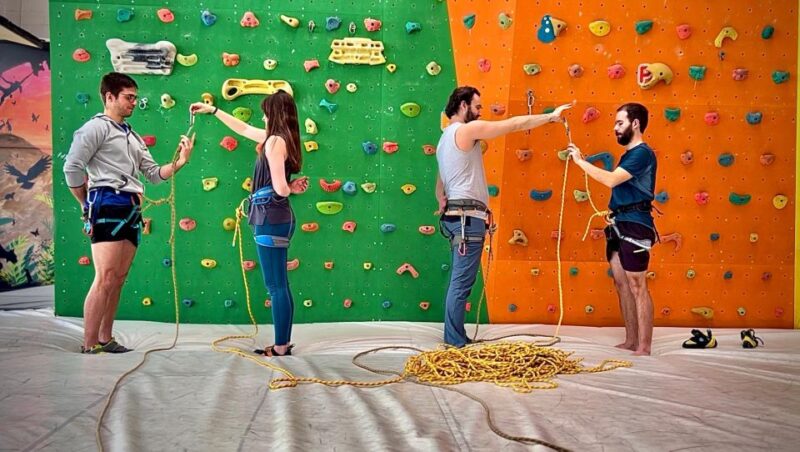
-
The course provides an introduction to fundamental techniques and safety protocols for safe rock climbing, including self-rescue, rope management, and efficient movement on multi-pitch routes.
-
Participants will learn and practice essential skills like proper harness fitting, belaying, and communication during training on a climbing wall.
-
The course involves both indoor and outdoor sessions, allowing participants to apply their learned knowledge and skills in a real-world rock climbing environment.
-
Instructors will guide participants in developing techniques for managing ropes, setting up anchors, and interpreting safety assessments during multi-pitch rock climbing routes.
-
The course aims to equip participants with the necessary knowledge and abilities to climb safely and efficiently, including basic self-help techniques for navigating rock climbing routes.
Course Overview

The course provides an introduction to sport climbing, aimed at individuals who need to learn the knowledge and skills required to safely enter rock climbing routes.
It’s a two-day program designed to equip participants with the fundamental techniques and safety protocols for rock climbing.
During the first day, trainees will practice on a climbing wall, while the second day will involve hands-on experience in a real outdoor environment, such as the Sierra Nevada National Park or the Sierra de La Alfaguara.
The course covers essential topics like self-rescue techniques, rope management, and efficient movement on multi-pitch routes.
You can also read our reviews of more tours and experiences in Granada.
Course Contents
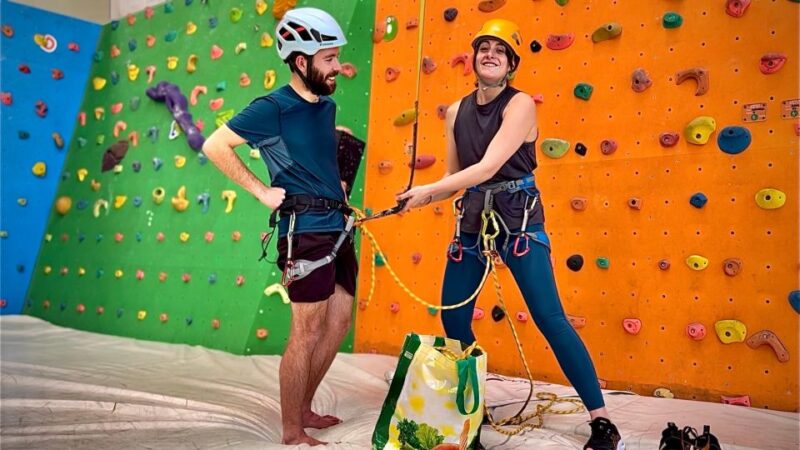
During the course, you will learn and train in rock climbing safely, developing the skills and techniques acquired in a real practice environment. They’ll also gain knowledge of basic self-help techniques for navigating rock climbing routes effectively.
The course contents include:
- Learning the fundamentals of safe rock climbing practices.
- Putting the learned knowledge into action during outdoor rock climbing sessions.
- Mastering techniques for managing the rope, setting up anchors, and interpreting safety assessments.
- Developing the skills to efficiently and safely ascend and descend multi-pitch rock climbing routes.
Training on Climbing Wall
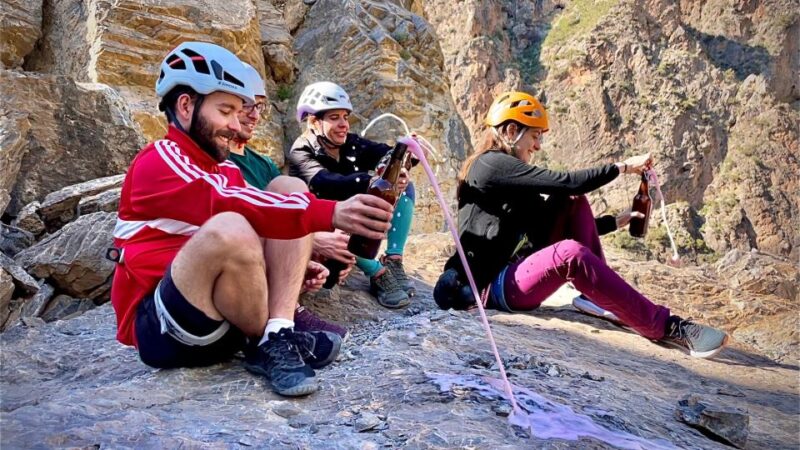
On the first day, participants train on a climbing wall to familiarize themselves with proper techniques and build fundamental skills. They learn how to efficiently use their body position, footwork, and grip to ascend the wall. The instructors provide guidance on safety protocols, such as proper harness fitting, belaying, and communication. Participants also practice climbing with different hand and foot techniques, including smearing, edging, and flagging. The training on the climbing wall prepares them for the real-world application on the second day.
| Technique | Description | Benefits |
|---|---|---|
| Body Position | Maintaining a centered, balanced stance | Improved control and efficiency |
| Footwork | Precise placement and weighting of feet | Enhanced stability and momentum |
| Grip Strength | Engaging the hands, arms, and core | Increased climbing endurance |
Practice on Rock Routes
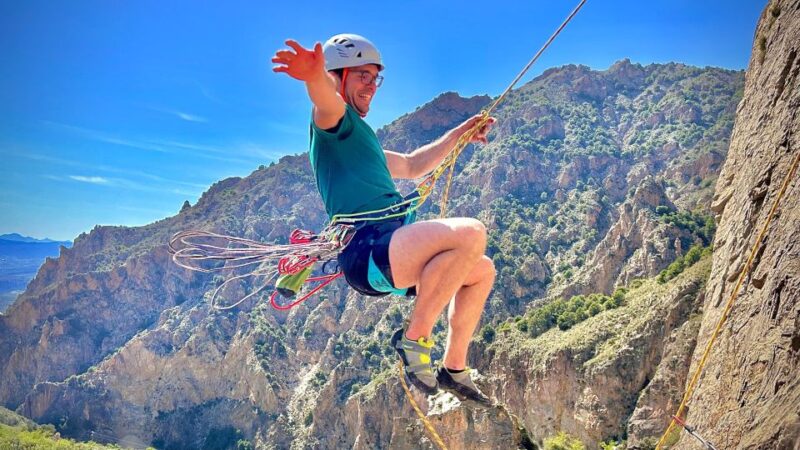
On the second day, participants put their newly acquired skills into practice by ascending real rock routes in the surrounding natural environments.
Guided by certified instructors, they navigate multi-pitch climbs, manage the rope, set up anchors, and safely descend the walls, solidifying their understanding of sport climbing in a real-world setting.
The day’s activities include:
- Navigating challenging rock formations, testing their balance, grip, and technical abilities.
- Practicing proper rope management techniques, such as belaying and rappelling.
- Setting up secure anchor points to ensure safety during the ascent and descent.
- Receiving feedback and guidance from the experienced instructors to improve their climbing techniques.
This hands-on approach allows participants to gain confidence and apply the principles learned during the first-day’s training.
More Great Thing To Do NearbyMulti-Pitch Route Management
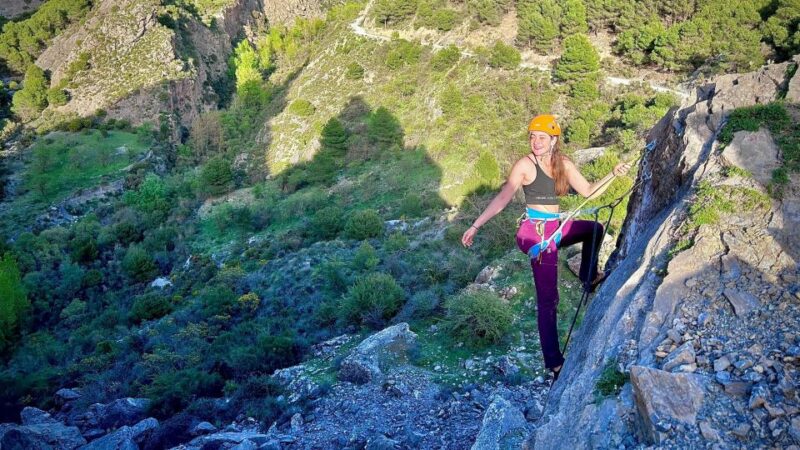
Participants learn to efficiently manage multi-pitch routes, a critical skill for navigating complex climbing scenarios.
They study techniques for establishing secure anchor points, belaying from above, and coordinating the ascent and descent of team members across various pitches.
Climbers practice communication strategies to ensure smooth transitions between pitches and the safe transfer of the rope.
They also learn to interpret route information, identify suitable resting spots, and plan their ascent to maximize safety and efficiency.
- Alhambra & Generalife Skip the Line Small Group Including Nasrid Palaces
- Alhambra: Small Group Tour With Local Guide & Admission
- Alhambra Private/Small Group Tour & Nasrid Palaces Skip the Line
- Sierra Nevada 4×4 Tour to 8000 Feet ( Skip the Heat of the City)
- Granada: Albaicin and Sacromonte Segway Tour
- Alhambra Skip-The-Line Private Tour Including Nasrid Palaces
Rope and Gear Setup
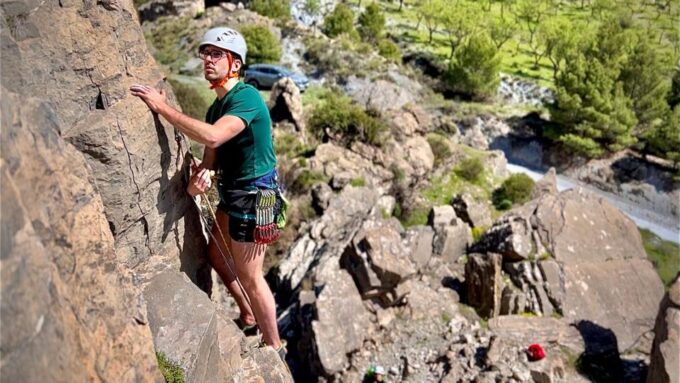
Proper rope and gear setup is crucial for a safe and successful climbing experience. Climbers learn to meticulously inspect and assemble their equipment, ensuring each component is in good working condition and properly configured.
They’ll dive into the essentials, covering:
-
Rope management: Coiling, stacking, and flaking the rope to prevent tangles and maintain smooth deployment.
-
Harness adjustment: Fitting the harness snugly to the body, securing the leg loops, and double-checking all buckles.
-
Carabiner orientation: Locking carabiners are used to connect the rope, belay device, and other critical points, with gates facing the correct direction.
-
Belay device setup: Properly threading the rope through the belay device to enable smooth, controlled belaying.
Locations for Activities
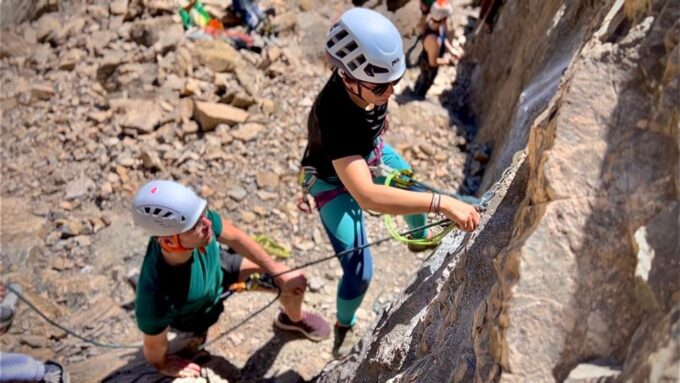
The sport climbing course takes place in several stunning natural settings across southern Spain, including the Sierra Nevada National Park, Sierra Nevada Natural Park, Los Cahorros, and the Sierra de La Alfaguara. These diverse outdoor venues provide participants with ample opportunities to put their newly acquired skills into practice in real-world rock climbing environments. Whether scaling the peaks of the Sierra Nevada or navigating the rugged terrain of Los Cahorros, students will have the chance to experience the thrill of sport climbing in some of Spain’s most picturesque natural landscapes.
| Location | Elevation | Difficulty |
|---|---|---|
| Sierra Nevada National Park | 3,478 m | Intermediate |
| Sierra Nevada Natural Park | 2,800 m | Beginner-Intermediate |
| Los Cahorros | 1,200 m | Intermediate-Advanced |
| Sierra de La Alfaguara | 2,050 m | Beginner-Intermediate |
Inclusions and Amenities
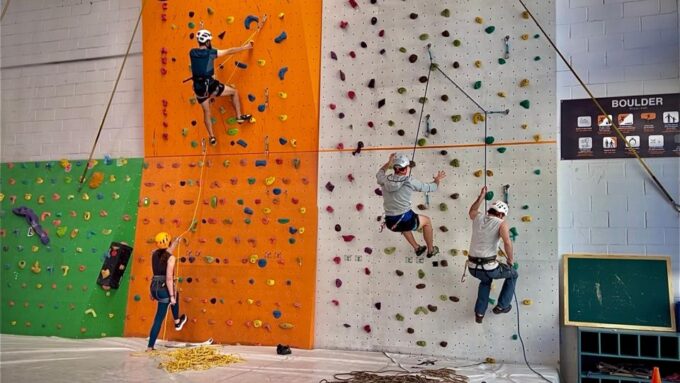
Alongside the instruction provided by a Rock Climbing Guide Certificated by the AEGM, the sport climbing course includes a comprehensive set of collective equipment, such as ropes, harnesses, helmets, climbing shoes, carabiners, and belay devices, ensuring participants’ total safety throughout the activities.
The course offers:
- Complete insurance coverage to give participants peace of mind.
- Valuable pre-activity advice to help everyone prepare for the experience.
- Convenient transportation to and from the climbing sites.
- Comfortable accommodation and delicious meals to ensure a well-rounded experience.
With these inclusions and amenities, the sport climbing course provides a truly immersive and worry-free introduction to the thrilling world of rock climbing.
Frequently Asked Questions
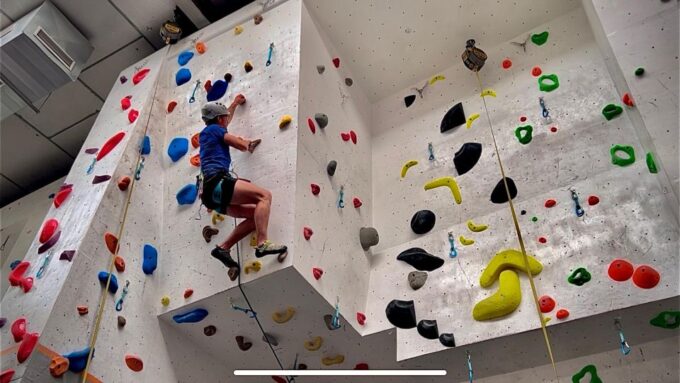
What Is the Minimum Age Requirement for Participants?
The minimum age requirement for participants is not specified in the course overview. The information provided focuses on the course content, duration, and inclusions, but does not mention any age restrictions for participation.
Can I Bring My Own Climbing Gear or Is It Provided?
The course provides all the necessary climbing gear, including ropes, harnesses, helmets, and shoes. Participants don’t need to bring their own equipment, as it’s included in the course fee. The focus is on learning the basics in a safe, guided environment.
Are There Any Prerequisites or Prior Experience Required?
The course is designed for beginners with no prior climbing experience. There are no prerequisites, as the first day focuses on training on a climbing wall to develop the necessary skills before venturing onto real rock on the second day.
Can I Choose the Difficulty Level of the Routes?
Yes, participants can typically choose the difficulty level of the climbing routes. The course aims to accommodate various skill levels, allowing each climber to progress at their own pace on routes suited to their abilities.
Is There an Option for Vegetarian or Special Dietary Requirements?
Yes, the course offers accommodations for vegetarian and special dietary requirements. Participants can indicate their preferences when booking, and the organizers will ensure their needs are met during the included meals.
Recap
The Introduction to Sport Climbing Course equips participants with the essential skills and knowledge for safe rock climbing.
By the end of the two-day program, attendees will have gained the confidence and expertise to navigate challenging rock formations, applying self-rescue techniques and sound climbing practices.
The course covers key areas like rope management, anchor setup, and efficient movement on multi-pitch routes, both in a controlled setting and real outdoor environment.
You can check if your dates are available here:More Tour Reviews in Granada
- Secrets of Dynasties & Royals Quest Experience in Granada
- Albaicín and Sacromonte Walking Tour and Flamenco Show
- Alhambra Nasrid Palaces and Local Food Experience
- Alhambra & City Pass Card
- Cordoba & the Mosque Small-Group Day Trip From Granada
- Touristic Highlights of Sacromonte Caves on a Private Full Day Tour With a Local
Not for you? Here's more things to do in Granada we have recnetly reviewed
- 2 Best Canoe And Kayak Experiences In Granada
- 2 Best Tours In Plaza Nueva Granada
- 4 Best Dining Experiences In Granada
- 2 Best Dinner Tours In Granada
- 5 Best Food Tours In Granada
- 5 Best Full-Day Tours In Granada
- 9 Best Massage And Relaxation Services In Granada
- 8 Best Lunch Experiences In Granada
- Royal Chapel and Cathedral San Jerónimo Monastery
- Hiking in the Natural Park on the Outskirts of the Alhambra
- Granada: Alhambra Tickets and Other Attractions
- Granada Private Tour: the Remarkable Monasteries of Granada
